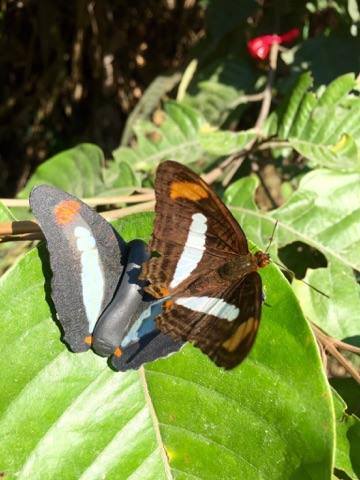Research
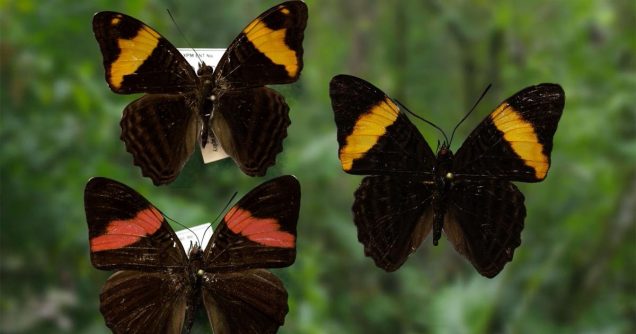
Mimetic diversity in butterflies:
A major goal of research in my lab is to characterize the casual genetic variants responsible for examples of adaptive mimetic diversity in butterflies. Previous work highlighted the important role of the canonical patterning gene, WntA, in determining mimetic color pattern variation between hybridizing populations of North American admiral butterflies (genus Limenitis) and among different mimetic color pattern races of Neotropical butterflies in the genus Heliconius. In collaboration with the Kronforst Lab at University of Chicago, I’ve also contributed to work demonstrated that differential expression of doublesex alleles is responsible for mimetic polymorphism in Asian swallowtail butterflies (Papilio polytes). More recent work is focused on understanding the structure, function, and evolution of cis-regulatory elements underlying color pattern diversity over macroevolutionary timescales in the genus Adelpha.
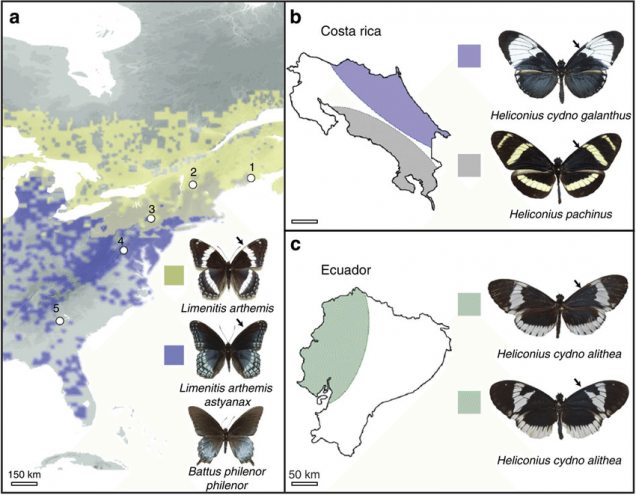
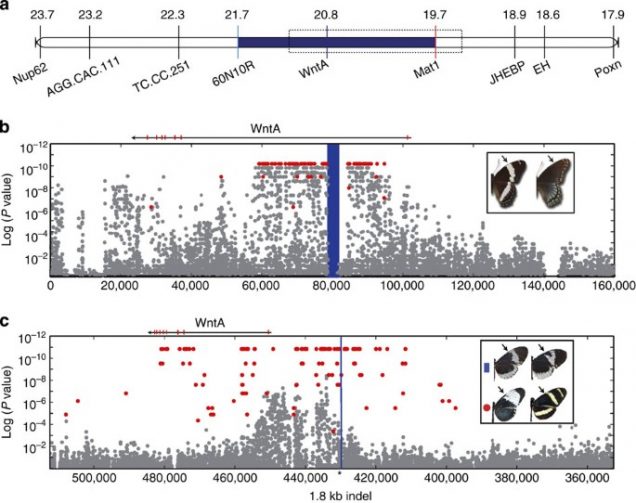
Mimicry and speciation:
A second major area of interest in the lab explores the relationship between mimicry, convergent evolution, and species richness in a dramatic adaptive radiation of Neotropical Adelpha. This genus displays a classic latitudinal gradient in species richness, peaking in species diversity on the eastern slope of the eastern Andes, where as many as 35-40 species can co-occur. Convergent evolution is widespread in this group, and prior work in my lab has demonstrated that diversification rates in this system are closely associated with ecological divergence related to patterns of host plant use. Ongoing work in this system is examining rates of molecular evolution for chemosensory genes thought to be responsible for major host-plant shits leading to accelerated diversification.
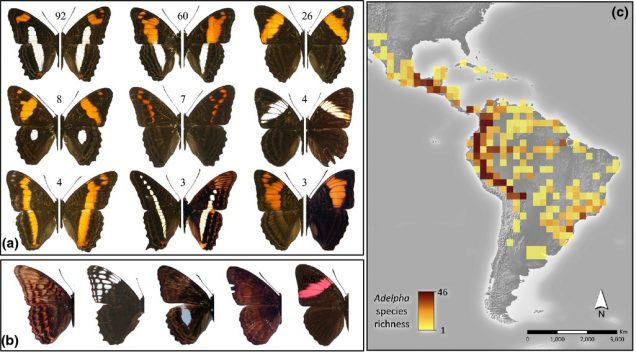
The evolution of imperfect mimicry:
A third, and final, research focus is on the origin and maintenance of imperfect mimetic signals. Many species of Adelpha feed on toxic plants in the family Rubiaceae, and have long been hypothesized to serve as Batesian models for other Adelpha species. Field predation experiments support this hypothesis, and indicates that the fitness landscape of imperfect mimetic signals is shaped by frequency-dependent selection. However it remains unclear why imperfect signals persist given the expectation that mutations improving the resemblance between the mimic and its model should be selectively favored. Current work in the lab is investigate the potential role that density-dependent factors have on mimetic signaling efficacy under a wide-range of field conditions.
